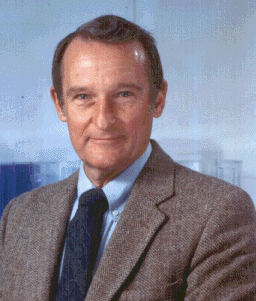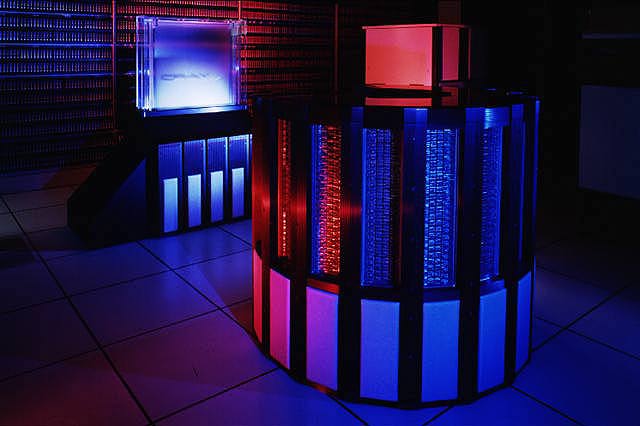Advertisement
Help Keep Boards Alive. Support us by going ad free today. See here: https://subscriptions.boards.ie/.
If we do not hit our goal we will be forced to close the site.
Current status: https://keepboardsalive.com/
Annual subs are best for most impact. If you are still undecided on going Ad Free - you can also donate using the Paypal Donate option. All contribution helps. Thank you.
If we do not hit our goal we will be forced to close the site.
Current status: https://keepboardsalive.com/
Annual subs are best for most impact. If you are still undecided on going Ad Free - you can also donate using the Paypal Donate option. All contribution helps. Thank you.
https://www.boards.ie/group/1878-subscribers-forum
Private Group for paid up members of Boards.ie. Join the club.
Private Group for paid up members of Boards.ie. Join the club.
I bet you didnt know that
Comments
-
-
-
-
-
-
Advertisement
-
-
-
-
-
-
Advertisement
-
-
-
-
-
-
-
-
-
-
-
Advertisement
-
-
-
-
-
-
-
-
-
-
Advertisement
-
This discussion has been closed.
Advertisement

 [IMG]This is the man largely responsible for the multi-core, multi-threaded supercomputer in your pocket, and indeed the whole mainframe/supercomputer scene as we know it today. He was an electrical engineer by trade, born in the sleepy town of Chippewa Falls, Wisconsin in 1925. After cutting his teeth at Engineering Research Associates of Minnesota and aspects of the design of various UNIVAC models, Cray eventually designed and built the Control Data Corporation (CDC) model 6600 in 1963, recognised as the first true "supercomputer" device. He followed this up not too long after with the CDC 7600, which was five times faster again. Cray's genius in both digital and analog electrical design and engineering enabled him to consider all manner of aspects to computer design, primarily focused on keeping the processors "fed" with data. This included such strokes as ensuring that every electrical signal path on his machines' circuit boards was exactly the same length, thus eliminating such timing problems as clock-skew. As he said himself, "Anyone can build a fast CPU. The trick is to build a fast system.". This machine caused some consternation at IBM, who despite their massive resources weren't able to get within an ass's roar of it in speed terms. As Thomas J. Watson Jr. put it, "I understand that in the laboratory developing the system there are only 34 people including the janitor."
In 1972 Cray left Control Data to found Cray Research. In 1976, he came up with this:[/img]
[IMG]This is the man largely responsible for the multi-core, multi-threaded supercomputer in your pocket, and indeed the whole mainframe/supercomputer scene as we know it today. He was an electrical engineer by trade, born in the sleepy town of Chippewa Falls, Wisconsin in 1925. After cutting his teeth at Engineering Research Associates of Minnesota and aspects of the design of various UNIVAC models, Cray eventually designed and built the Control Data Corporation (CDC) model 6600 in 1963, recognised as the first true "supercomputer" device. He followed this up not too long after with the CDC 7600, which was five times faster again. Cray's genius in both digital and analog electrical design and engineering enabled him to consider all manner of aspects to computer design, primarily focused on keeping the processors "fed" with data. This included such strokes as ensuring that every electrical signal path on his machines' circuit boards was exactly the same length, thus eliminating such timing problems as clock-skew. As he said himself, "Anyone can build a fast CPU. The trick is to build a fast system.". This machine caused some consternation at IBM, who despite their massive resources weren't able to get within an ass's roar of it in speed terms. As Thomas J. Watson Jr. put it, "I understand that in the laboratory developing the system there are only 34 people including the janitor."
In 1972 Cray left Control Data to found Cray Research. In 1976, he came up with this:[/img] [IMG]That is a Cray-1 supercomputer, a vector-processing machine that absolutely trounced everything else in the Universe, sold to the NCAR for €8.8m and launched the superstar-status of Cray machines insofar as countries started falling over themselves to get into the "Cray Club", i.e. to host a Cray supercomputer installation somewhere in their territories. He followed this up with the Cray-2 (which used artificial blood in it's cooling system, which you could see via transparent channels in the machine's outer "skin", prompting some to wonder if the thing was alive in some way!) and the commercial failure Cray-3, although the latter being an engineering marvel in itself. Here's a Cray-2:[/img]
[IMG]That is a Cray-1 supercomputer, a vector-processing machine that absolutely trounced everything else in the Universe, sold to the NCAR for €8.8m and launched the superstar-status of Cray machines insofar as countries started falling over themselves to get into the "Cray Club", i.e. to host a Cray supercomputer installation somewhere in their territories. He followed this up with the Cray-2 (which used artificial blood in it's cooling system, which you could see via transparent channels in the machine's outer "skin", prompting some to wonder if the thing was alive in some way!) and the commercial failure Cray-3, although the latter being an engineering marvel in itself. Here's a Cray-2:[/img] [IMG]By the 1990s a number of massively-parallel machines had been commissioned, which offered a price/performance ratio that even the mighty Cray could not touch. Recognising this Seymour, who had hitherto resisted massively-parallel designs ("If you were plowing a field, which would you rather use: Two strong oxen or 1024 chickens?") set up SRC Computers to concentrate on a new generation of designs. He intended to bring his legendary know-how to the sticky-wicket of effective communication between multiple parallel CPUs and memory/IO subsystems, but unfortunately was killed in a road accident in 1996, aged 71.
Cray Research Inc. lives on, and four of the top ten supercomputer installations in the World bear the name of the great man. He had a tunnel in progress under his house, and when struck by the engineer's equivalent of Writer's Block, he would retreat under the house and dig. He said elves would appear in due course and offer solutions to whatever intractable problem had been eluding him. Seymour hadn't much time for either operating systems or programmers. Once more, as he said himself:
"The trouble with programmers is that you can never tell what a programmer is doing until it's too late!"
"Memory is like an orgasm - it's much better if you don't have to fake it."
Farewell Seymour - I presume wherever you are now, things are running a whole[/img]f
[IMG]By the 1990s a number of massively-parallel machines had been commissioned, which offered a price/performance ratio that even the mighty Cray could not touch. Recognising this Seymour, who had hitherto resisted massively-parallel designs ("If you were plowing a field, which would you rather use: Two strong oxen or 1024 chickens?") set up SRC Computers to concentrate on a new generation of designs. He intended to bring his legendary know-how to the sticky-wicket of effective communication between multiple parallel CPUs and memory/IO subsystems, but unfortunately was killed in a road accident in 1996, aged 71.
Cray Research Inc. lives on, and four of the top ten supercomputer installations in the World bear the name of the great man. He had a tunnel in progress under his house, and when struck by the engineer's equivalent of Writer's Block, he would retreat under the house and dig. He said elves would appear in due course and offer solutions to whatever intractable problem had been eluding him. Seymour hadn't much time for either operating systems or programmers. Once more, as he said himself:
"The trouble with programmers is that you can never tell what a programmer is doing until it's too late!"
"Memory is like an orgasm - it's much better if you don't have to fake it."
Farewell Seymour - I presume wherever you are now, things are running a whole[/img]f
